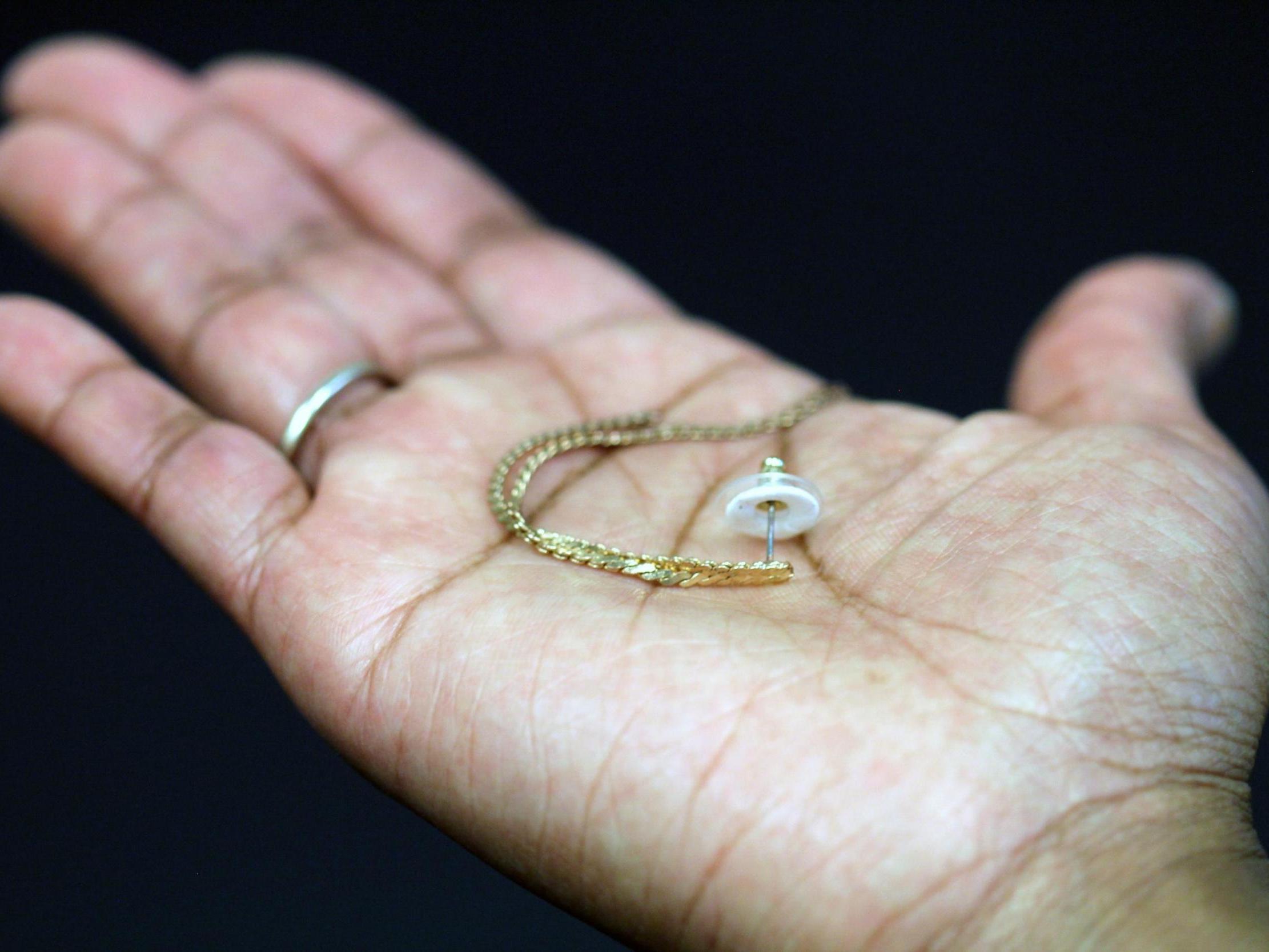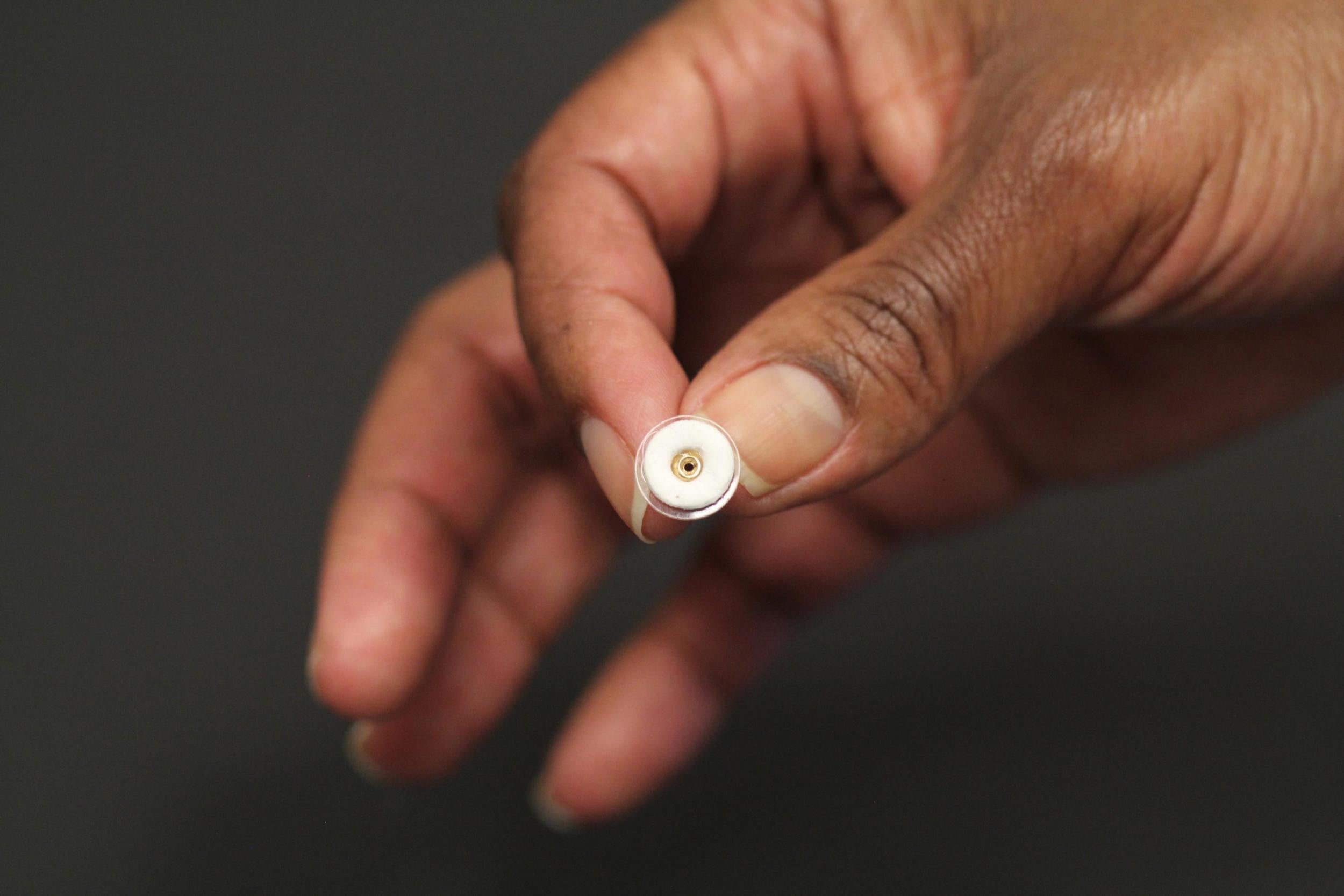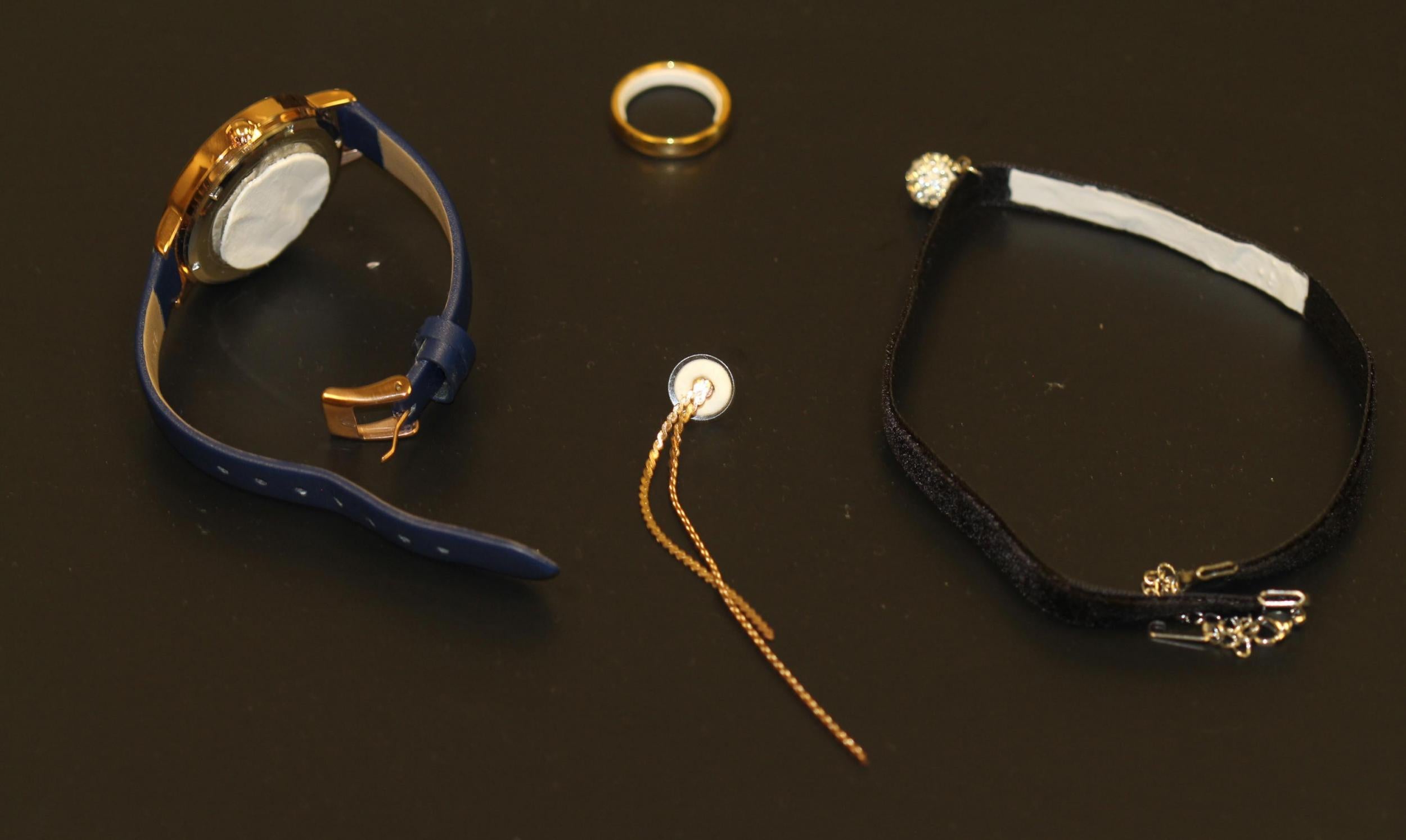Contraceptive jewellery could be the next method of birth control
‘This technique could empower women’

Your support helps us to tell the story
From reproductive rights to climate change to Big Tech, The Independent is on the ground when the story is developing. Whether it's investigating the financials of Elon Musk's pro-Trump PAC or producing our latest documentary, 'The A Word', which shines a light on the American women fighting for reproductive rights, we know how important it is to parse out the facts from the messaging.
At such a critical moment in US history, we need reporters on the ground. Your donation allows us to keep sending journalists to speak to both sides of the story.
The Independent is trusted by Americans across the entire political spectrum. And unlike many other quality news outlets, we choose not to lock Americans out of our reporting and analysis with paywalls. We believe quality journalism should be available to everyone, paid for by those who can afford it.
Your support makes all the difference.Contraceptive jewellery is currently being tested by scientists as a new form of birth control.
Researchers from the Georgia Institute of Technology have developed a technique for administering contraceptive hormones through backings that have been placed on items of jewellery including earrings, watches and rings.
The patches that contain the hormones are placed on the area of the jewellery most likely to come into contact with the skin, such as the back of an earring or behind the face of a watch.
According to a report published in medical journal the Journal of Controlled Release, initial testing has suggested that contraceptive jewellery may be able to provide the wearer with a sufficient amount of hormones to act as a form of birth control.
However, no human testing has been carried out as of yet.

"The more contraceptive options that are available, the more likely it is that the needs of individual women can be met," said Mark Prausnitz, Regents' professor in the School of Chemical and Biomolecular Engineering at the Georgia Institute of Technology.
"Because putting on jewellery may already be part of a woman's daily routine, this technique may facilitate compliance with the drug regimen."
Professor Prausnitz added that this technique may "empower" women to prevent unplanned pregnancies.
The professor and his colleagues Mohammad Mofidfar, a postdoctoral fellow, and Laura O'Farrell, a senior research scientist, carried out the study by testing the contraceptive jewellery on animals.
The scientists first tested the patches on the ears of pigs, before trialling them on the skin of hairless rats.
The researchers placed the patches on the animals for 16 hours, before removing them for eight hours to imitate a woman taking off her jewellery before bed.

According to the study, while levels of the contraceptive hormone dropped when the patches were removed, wearing the contraceptive jewellery may provide women without enough hormone in the bloodstream to be a reliable form of birth control.
The contraceptive jewellery utilises transdermal patch technology.
Another example of transdermal patch technology being used is with nicotine patches, for those trying to quit smoking.
Although contraceptive patches already exist, the ones placed on jewellery would be a lot smaller, as the backings tested on jewellery measure at around one square centimetre.
Already-existing contraceptive patches measure at around five square centimetres.
"There is a lot of experience with making and using conventional transdermal patches," Professor Prausnitz said.
"We are taking this established technology, making the patch smaller and using jewellery to help apply it.
While the contraceptive jewellery was initially conceived as an accessible form of birth control for women in developing countries, Professor Prausnitz believes it could prove "appealing and helpful" to women across the globe.
If the contraceptive jewellery is eventually made available on the market, the hormonal patches on the accessories would likely need to be changed on a weekly basis.
Earlier this week, it was reported that scientists may be one step closer to making a male contraceptive pill a reality.
A month-long study conducted by the University of Washington investigated the effectiveness of a pill taken once a day that would suppress the levels of hormones which drive the production of sperm and testosterone in the testes.
Join our commenting forum
Join thought-provoking conversations, follow other Independent readers and see their replies
Comments